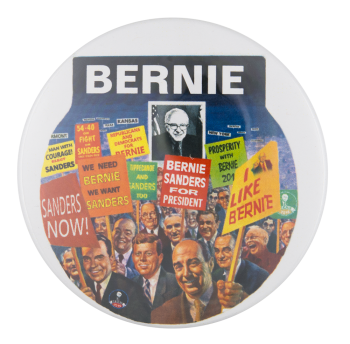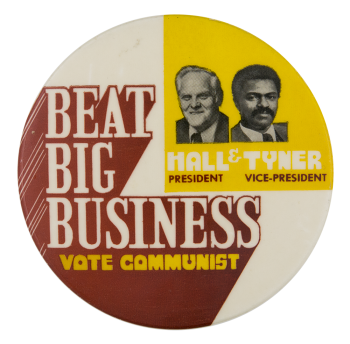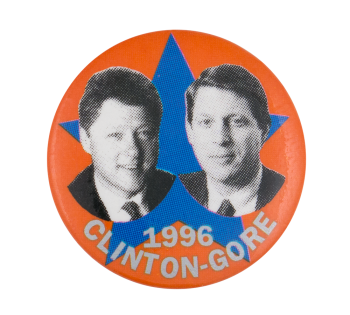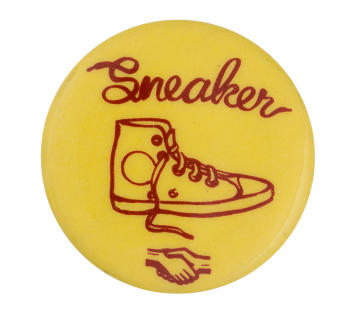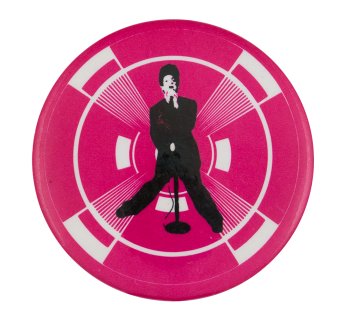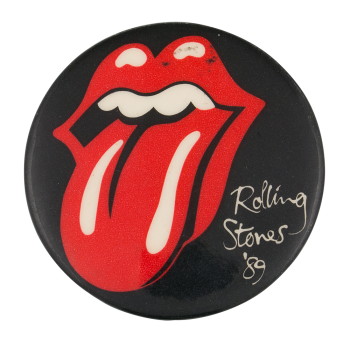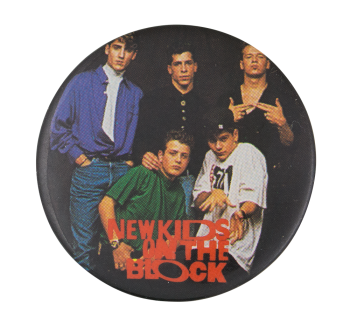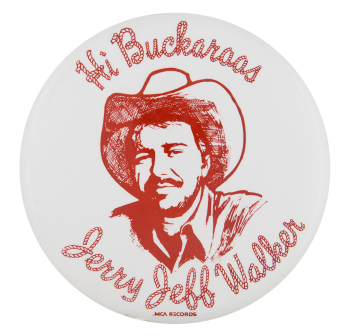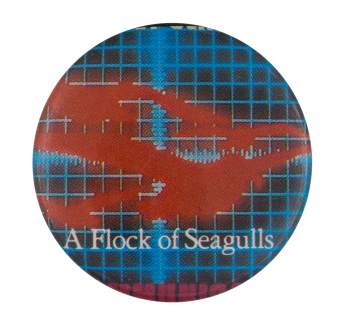Bernie for President
| Category | |
|---|---|
| Additional Images | |
| Sub Categories | |
| Text on Button | BERNIE I LIKE BERNIE BERNIE SANDERS FOR PRESIDENT TIPPECANOE AND SANDERS TOO WE NEED BERNIE WE WANT SANDERS SANDERS NOW! MAN WITH COURAGE! ELECT SANDERS 54-40 ON FIGHT ON SANDERS REPUBLICATIONS AND DEMOCRATS FOR BERNIE PROSPERITY WITH BERNIE 201 |
| Image Description | Illustration of a crowd of past U.S. politicians/presidents holding picket signs below a black and white illustrations of Bernie Sanders. White text inside a black rectangle at top of button. |
| Back Style | |
| The Shape | |
| The Size | |
| Year / Decade Made | |
| Additional Information | The 2016 election provided two of the most unpopular front runners in U. S. history, Hillary Clinton and Donald Trump. Bernie Sanders however consistently topped the polls in popularity and his political campaign rallies broke numerous attendance records. He ran as a Democrat with a very socialist viewpoint. His presidential campaign suffered from a lack of fair news coverage. Sanders’ fundraising broke from the traditional. Instead of depending on funding from wealthy donors and PACs, Bernie looked to small donations from individuals. Social media was a large part of how Bernie ran his grassroots campaign. After his campaign ended he endorsed Hillary Clinton. He currently holds a seat as a United States Senator from Vermont. |
| Catalog ID | PO0640 |

